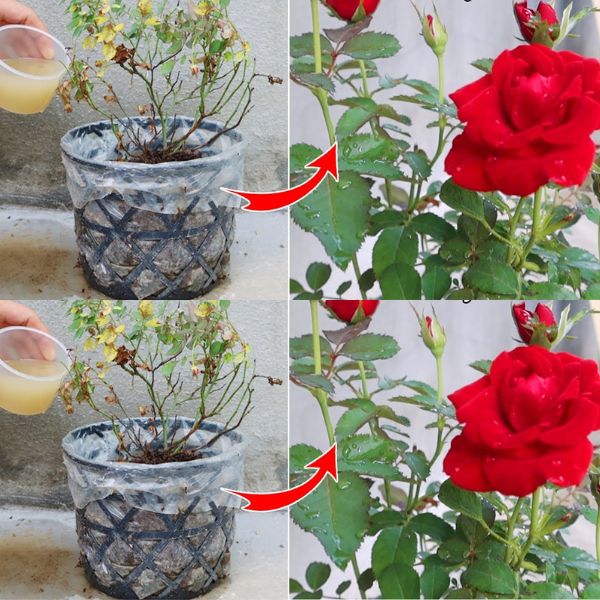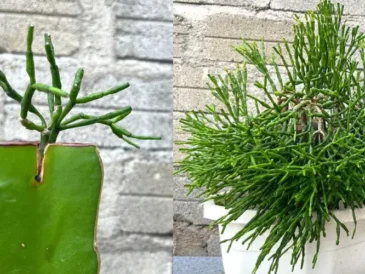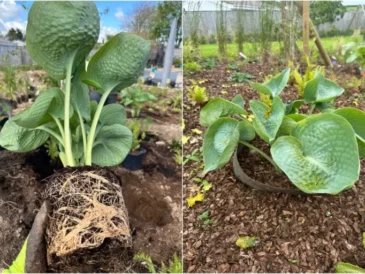Mealybugs are among the most common pests that gardeners encounter, capable of infesting a wide range of plants both indoors and outdoors. These small, soft-bodied insects can quickly multiply and cause significant damage if not promptly addressed. However, with proper identification and effective control strategies, you can manage and eliminate mealybug infestations to protect your plants and maintain a healthy garden.
Identifying Mealybugs
Mealybugs are characterized by their small size (about 1-5 mm), oval-shaped bodies covered with a white or grayish waxy secretion. This wax gives them a fluffy or cottony appearance, particularly noticeable in clusters along stems, leaf axils, and the underside of leaves. They feed by piercing plant tissue and sucking out sap, which weakens plants, stunts growth, and can lead to yellowing of leaves, wilting, and ultimately, plant death if left unchecked.
Common Plants Affected
Mealybugs are known to infest a wide variety of plants, including but not limited to:
- Houseplants: Such as orchids, ferns, and African violets.
- Ornamental Plants: Including roses, citrus trees, and hibiscus.
- Vegetables: Particularly tomatoes, peppers, and eggplants.
- Fruits: Such as grapes and strawberries.
Damage Caused by Mealybugs
The damage inflicted by mealybugs varies depending on the severity of the infestation and the susceptibility of the plant species. Signs of mealybug infestation include:
- Stunted Growth: Plants may fail to grow or produce smaller-than-normal leaves and flowers.
- Leaf Distortion: Leaves may become curled or deformed.
- Honeydew and Sooty Mold: Mealybugs excrete honeydew, a sticky substance that promotes the growth of black sooty mold on leaves and stems.
- Yellowing and Wilting: Infested plants may exhibit yellowing of leaves, premature leaf drop, and overall wilting.
Read more on the next page




